Women in Green: Using Technology for Public Action Against Pollution
March 13, 2020
By Lidia Kleshchenko, Associate Program Officer, Global Challenges Division, WIPO
WIPO GREEN interviewed Mónica Abarca, a young entrepreneur and innovator whose start-up company qAIRa focuses on addressing air pollution and is revolutionizing access to air quality information in Peru.
A short bio of Mónica
Mónica Abarca is an entrepreneur, mechatronics engineer and researcher in robotics. Currently CEO of qAIRa— a start-up company working with exponential technologies1, such as drones, for environmental monitoring— she is also a co-founder of Bloomer Health Tech, a start-up enterprise based in Boston, Massachusetts, which develops technology for cardiovascular monitoring embedded into women’s clothing. Mónica's business projects and patented inventions have been awarded public and private funding and generated research publications.
Find out more about qAIRa's innovative technologies (Andean Drone and qHAWAX) on the WIPO GREEN database, and register to contact the inventors directly.
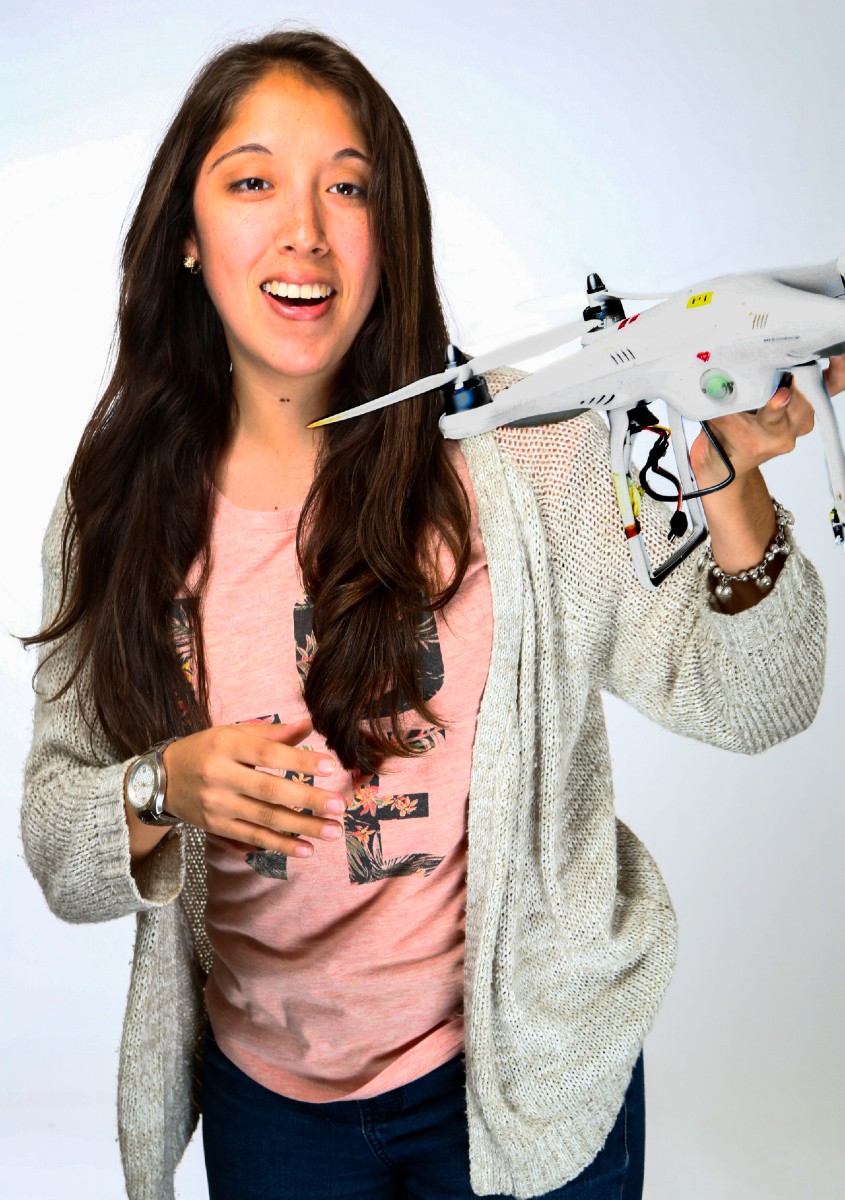
The current environmental challenges we face should motivate you. The current political discourse and strong international focus on climate action is your opportunity to make a difference.
Mónica Abarca
Why did you create qAIRa and what is the project’s goal?
We created qAIRa to achieve social and environmental impact on three levels: pollution control, especially in industrial areas and areas surrounding them; consistent air quality monitoring; and public awareness of air quality and its effects on people’s health.
The idea of qAIRa started as my graduation project for a mechatronics2 engineering degree. At the time, I worked on it together with my two thesis advisors and professors, who have since become my business partners in qAIRa: Carlos Saito and Francisco Cuéllar. We had the idea to develop a product that would use drones to make a real social impact. Looking into potential challenges that we could tackle, we identified air pollution as a major challenge facing people all over the world.
In many countries, air quality is threatened by high levels of contamination; according to the World Health Organization 4.2 million pre-mature deaths are caused by air polution globally every year. Air pollution also contributes to global warming. The current solution for air monitoring uses expensive, static stations to capture isolated information in small areas and at limited heights. Such a solution is not scalable and is difficult to implement in developing countries.
We came up with the idea of using drones and small fixed modules to monitor air quality anytime, anywhere; this new method helps us to collect a vast amount of data on pollution in larger areas. With this information, we aim to help governmental institutions to implement measures for pollution control and private institutions to comply with regulations. Moreover, we want this data to be available to the public, empowering citizens to know more about the quality of the air they breathe.
How does qAIRa work?
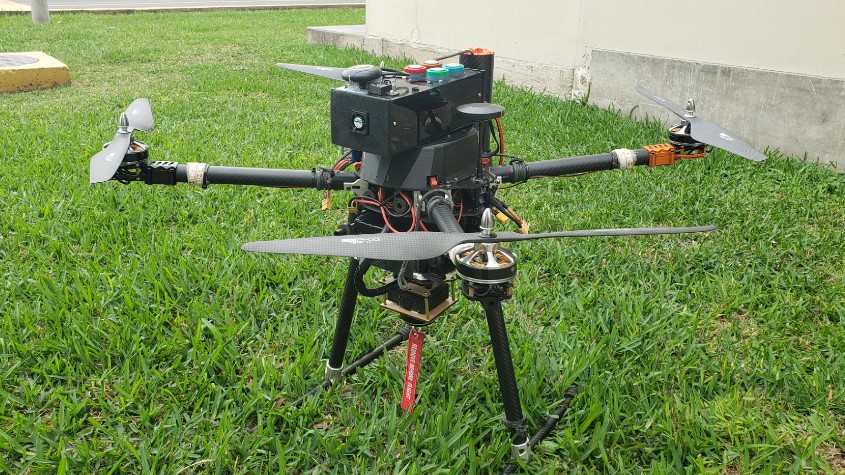
qAIRa uses extensive networks of unmanned aerial systems – or drones – which consist of a personalized multirotor called Andean Drone and a hangar to recharge the batteries of the drone called qBOX. This system works together with a low-cost static module called qHAWAX for air quality monitoring. These cost-effective tools send air quality information (CO, NO2, SO2, H2S, O3, dust PM2.5, dust PM10, temperature, relative humidity, atmospheric pressure, UV radiation, and noise level) in real time to our servers, where we process the information and display it on a web-based map or a mobile application called qAIRamap.
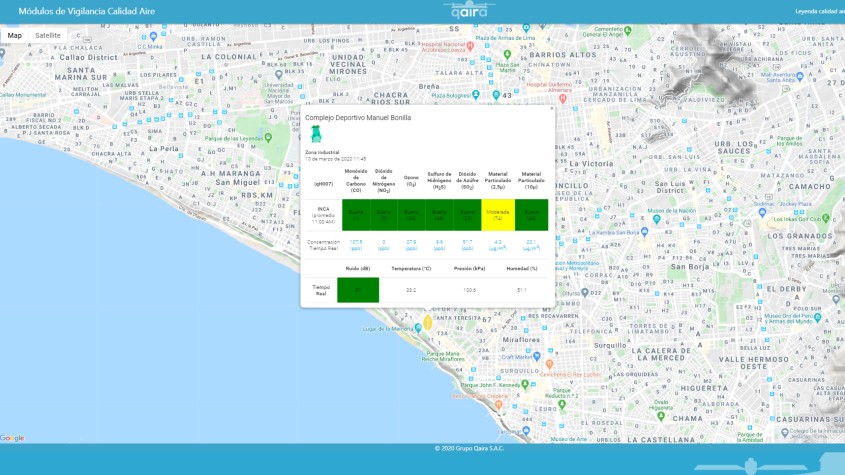
Despite the public’s increasing concern around the hazards of pollution, little to no information on air quality is publically available, especially in emerging economies. Our solution fills this gap; qairamap is open publically, enabling citizens to be conscious about air quality in their local environment.
Today, we have a patent granted by Peru National Institute for the Defense of Free Competition and the Protection of Intellectual Property (Indecopi) on the air quality monitoring system in the qAIRa drone.
What challenges did you face while setting up your company?
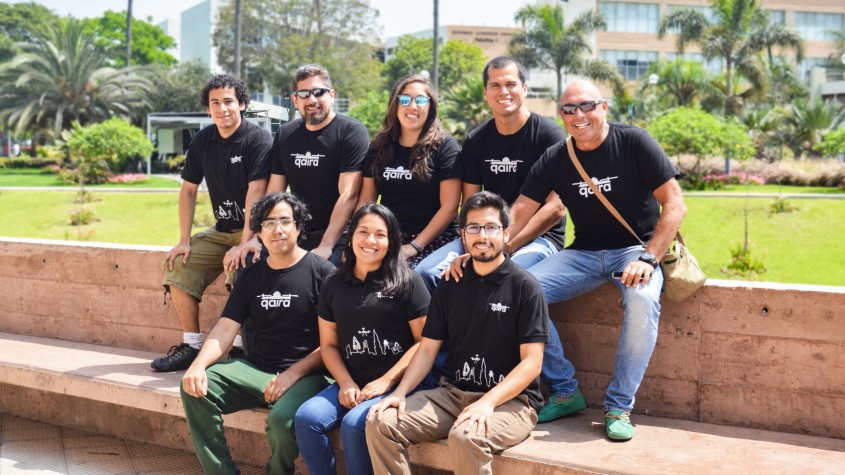
The main challenge was daring to take the first step on the path of entrepreneurship, which meant leaving the safety of a job with a monthly salary to start a business that may or may not succeed! The second challenge was to find the right team, but having my thesis advisors on board with the idea really helped. Carlos and Francisco have many years of experience in drones and robotics, and great leadership skills; together we were able to find talented engineers to help us develop solutions. The third challenge was finding funding for our startup. We were lucky to find the right investment partner who believed in qAIRa and our vision of democratizing air quality information; we have also received support from governmental institutions and international organizations such as CONCYTEC / FONDECYT, Innóvate Perú, USAID, and UNICEF, among others.
What inspires you to move forward?
Imagining the kind of impact we can have on the environment and the lives of those affected by poor air quality. I believe we could really improve people’s lives if we work together with governmental institutions and private companies in order to have a baseline for air quality, especially in urban areas, and propose solutions to reduce pollution levels.
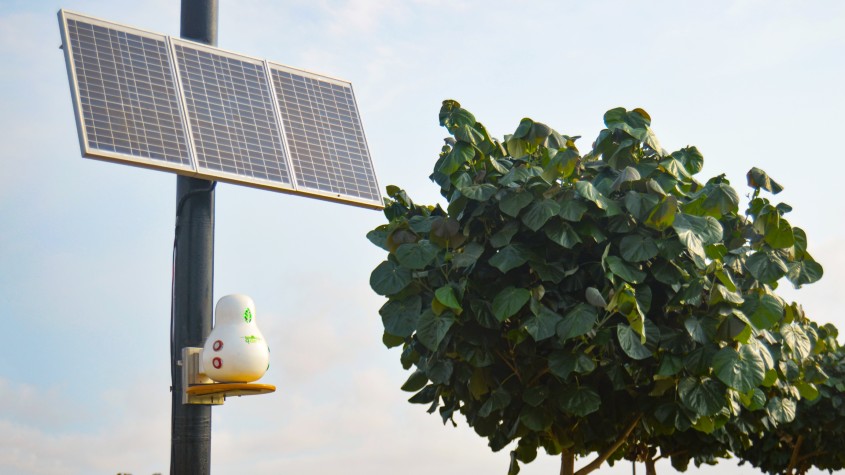
What advice would you give to the young women, who, like yourself, want to make an impact?
The current environmental challenges we face should motivate you; political discourse and the strong global focus on climate action is your opportunity to make a difference. Develop your solution-based thinking and follow it up with a viable business model in order to grow and increase your positive impact. Now is the time to reflect on the legacy we will leave to future generations, and to act accordingly. It’s not too late to change, but we must take ownership of these global challenges and come to solutions from as many perspectives as possible. Your perspective counts, but only if you act on it.


